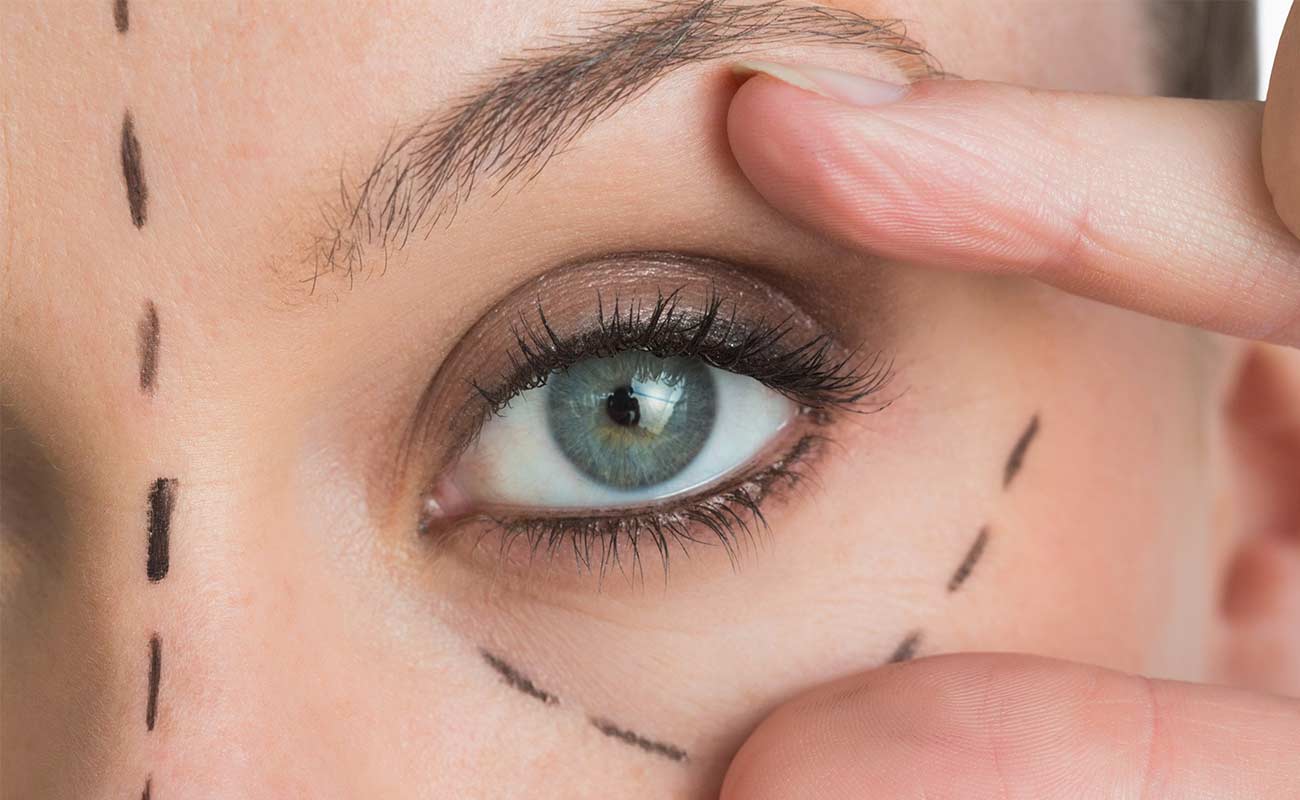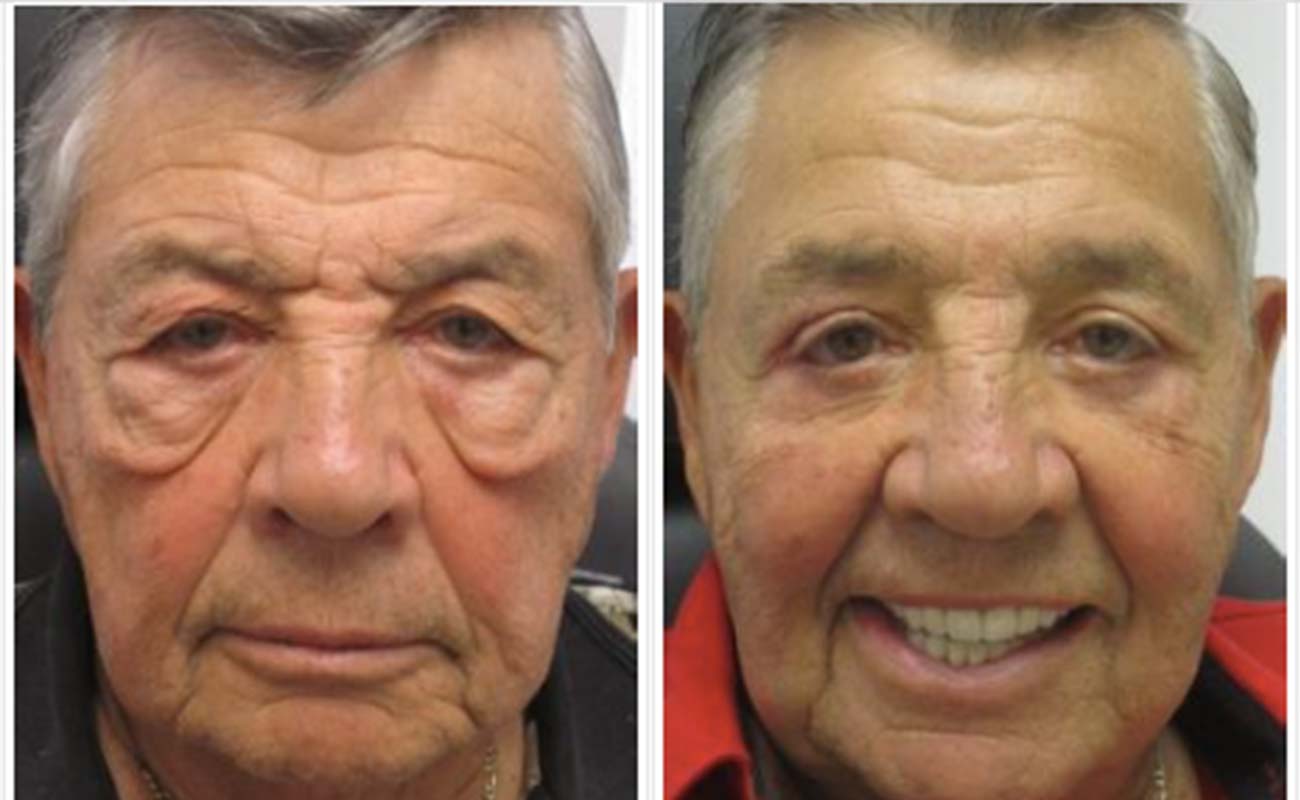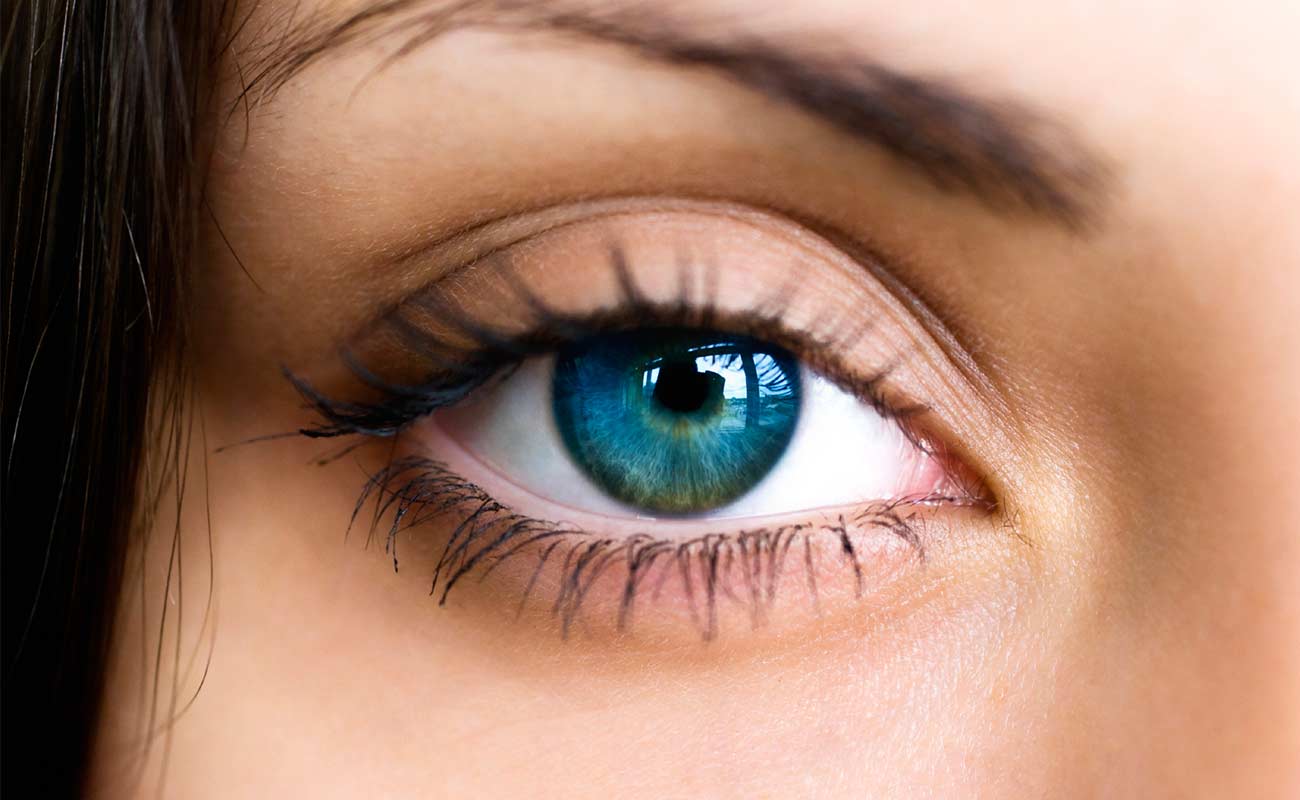It is a surgical procedure to improve the appearance of the eyelids.
Surgery can be performed on either the upper or lower lids, or both.
Whether you want to improve your appearance or are experiencing functional problems with your eyelids, eyelid surgery can rejuvenate the area surrounding your eyes.
Specifically, eyelid surgery can treat:

Possible risks of eyelid surgery include:
Talk to your doctor about how surgical risks apply to you. Understanding what's involved in blepharoplasty and weighing the benefits and risks can help you decide if this procedure is a good option.

Take it easy for the first seven to 10 days after your blepharoplasty. You will likely experience some mild discomfort during this time. Your prescribed pain medication should alleviate any pain. Your surgeon will tell you what over-the-counter painkillers are appropriate if you choose to go this route. Importantly, non-steroidal anti-inflammatory drugs such as ibuprofen, naproxen or aspirin should not be used during your recovery because they increase risk of bleeding. If the pain becomes overwhelming, call your surgeon or the on-call staff immediately.
Infection is a risk after any surgery, including eyelid surgery. An elevated temperature could mean an infection. Take your temperature regularly during your blepharoplasty recovery to monitor for signs of an infection. Be sure to take the full course of your antibiotics to help reduce your risk of infection.
Most people are able to go back to work within 10 days after their blepharoplasty, but certain tasks such as reading may be challenging due to blurred vision. You will likely be able to watch TV after a few days. Do not participate in strenuous activities for at least three weeks. Avoid contact sports until your surgeon gives you the all-clear. You can usually resume using eye makeup within one or two weeks. Make-up can also be used to camouflage any bruising around your eyes during this time. Eyeglasses are OK immediately after the surgery, but you can't put your contact lenses in for at least two weeks after eyelid surgery. Remember, your contacts may not feel comfortable for a while after your surgery.
Sleeping after eyelid surgery can be difficult. You should keep your head elevated, even while sleeping, for several days after your surgery to minimize swelling. Try using two to three medium-sized pillows or purchase an inclined foam wedge at your local surgical supply store or pharmacy. You may also be instructed to wear a special eye mask to protect your eyes while you sleep.
Some bruising and swelling after eyelid surgery is a given. Your eye area is extremely delicate and bruises and swells easily. The more complicated your blepharoplasty, the more bruising and swelling you will likely experience. The amount of bruising varies from moderate to black or raccoon eyes, but it will fade with time.
Your eyes may gradually appear more swollen in the days after your eyelid surgery. As the days go by, the swelling will slowly dissipate. It can take up to three weeks for swelling to fully resolve, so be prepared to wait for your final results.
Holding cold compresses on your face and eyes can help keep swelling and bruising to a minimum. These are available at a pharmacy or online. Some surgeons may also recommend herbal remedies such as Arnica Montana or bromelain to reduce post-surgical bruising and swelling.
Follow your surgeon's preoperative instruction on how and when to clean your eyes and the area around them. If you experience excessive tearing or dryness after eyelid surgery, your surgeon may recommend using eye drops or a wetting solution to help keep your eyes lubricated. These artificial tear drops may also help alleviate burning or itching. Your eyes may also be light sensitive, so consider sporting a pair of dark sunglasses to better protect them. Protect any incisions with a strong sun block. Ask your surgeon for advice on which sun block is safe.
Good luck with your recovery!

Who Should Perform A Blepharoplasty?
When choosing a surgeon to perform blepharoplasty, look for a cosmetic and reconstructive facial surgeon who specializes in the eyelids, orbit, and tear drain system. Your surgeon’s membership in the American Society of Ophthalmic Plastic and Reconstructive Surgery (ASOPRS) indicates he or she is not only a board certified ophthalmologist who knows the anatomy and structure of the eyelids and orbit, but also has had extensive training in ophthalmic plastic reconstructive and cosmetic surgery.
Submit Comment